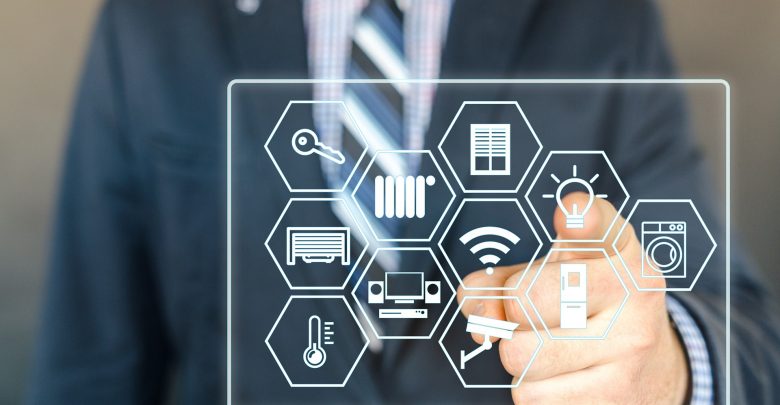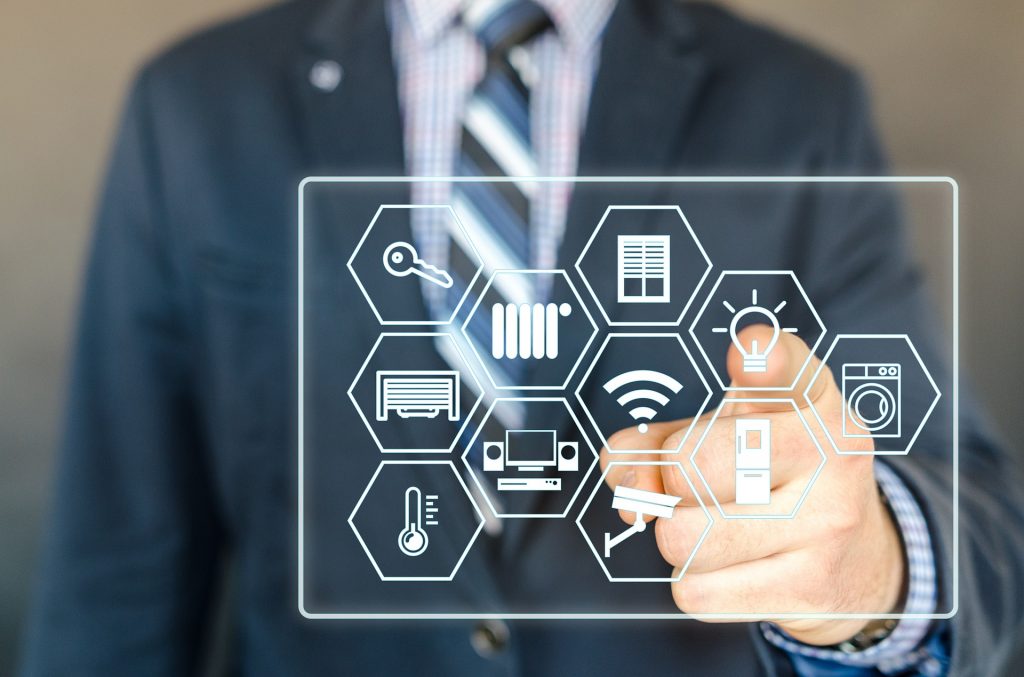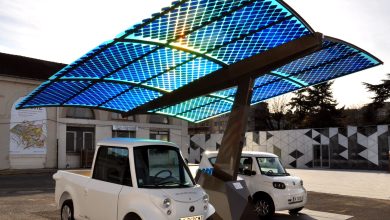
The “smart home” is one that most people dream about. Without a doubt, most of us have fantasized about the thought of living in a home where boring everyday tasks — such as laundry or doing the dishes — can be taken over by a device.
The general definition of home automation, leading to the establishment of what is commonly known as a smart home is “ internet-connected devices to enable the remote monitoring and management of appliances and systems.” This wide definition covers everything from computers that play your favorite song when you enter your home to remote thermostat control.
Home automation provides homeowners and dwellers with security, convenience, and overall efficiency by allowing them to control their homes from a smartphone or associated device.
Source: https://pixabay.com/photos/smart-home-computer-internet-canvas-3148026/
The Age of Automation
Home automation is already set to change the way we live; in fact, a report shows that nearly 60 percent of all consumers believe that smart home technology will change their lives drastically over the next few years. As with most things, people with higher incomes and therefore more resources at their disposal have a world of opportunity when it comes to smart home systems. In an article on Business Insider, Winnie Bekmanis of Qualcomm states, “Affluent households are far more likely to become early adopters of new technology than the average consumer, and smart home systems are no different. What differentiates the pricier smart home systems is the scale of installation and personalization.” Consider Oprah’s high-tech ski home in Telluride: it has a radiant heat system that keeps the driveway completely snow free, at any time. Or Mark Zuckerberg’s AI-powered home system J.A.R.V.I.S controlled through a specialty app and voiced over by Morgan Freeman.
While installing a J.A.R.V.I.S equivalent might be a far fetched notion for the majority, the creation of products like Amazon Echo or Google Home are allowing the dream of an automated home to slowly become a reality for the average consumer. Affordably priced products like Nest’s Hello Doorbell — a smart doorbell with an HD camera that syncs to your phone — dominate the smart home market. Similarly, motion sensor garbage bins that will open with a wave of your hand, or smart baking scales that automatically calibrates measurements based on food pictures, are accessible inventions. Today, we live in a technologically advanced age where a few hundred dollars can give the common consumer a seamless automated home experience.
That being said, just because a device can be re-invented as a “smart” device, doesn’t mean that it will necessarily add value to a user’s life. As quoted from a Forbes article, to have a tangible impact, smart home systems and devices need to be “a mix of connected devices, data insights, value-added services, and seamless user experiences.”
Benefits of Home Automation
Convenience
Successful home automation has a number of benefits, with convenience being the most obvious one as well as the original driving force behind smart home innovations. The Forbes article recognizes IFTTT (if this, then that) — a service that connects smart devices and apps to each other — as one of the first to take the concept of convenience to a whole new level. For instance, IFTTT allows you put in commands such as “If my window is open and it is about to rain, send me a text to remind me to close it” and subsequently follows through. More recently, Nest has made waves with its plethora of connected devices, appliances, and smart technology that can be easily integrated to make for a very convenient home. This complete automation of common tasks into a streamlined system has the ability to greatly impact a person’s life, making for a new standard of convenience.
Energy Efficiency
One of the broader benefits of home automation is the ability for consumers to be more energy efficient. From mobile solarized living for sustainable travel — made possible by smart RVs and the smart devices within them — to programmable thermostats, home automation is having a positive impact on the environment. This is a necessity in this time of climate change.
Smart lighting is one of the best examples of how home automation and its associations can benefit the larger environment. Smart bulbs are simple to install and can last for over 25,000 hours of use. They are also six times more energy efficient than incandescent lighting. If you already have certain lighting preferences in mind, then consider installing a smart switch. While these are slightly more expensive than their bulb counterpart, smart switches will work with any bulb, allowing you to control energy usage remotely as well as monitor it. Paired with motion sensors, smart lighting will automatically turn off the lights when a room is unoccupied. Additionally, you can program smart lighting to go on and off depending on the time of day. With these possibilities, smart lighting makes it easy to save energy, giving you increased accessibility to control the lights without much thought or prior planning.
Security
Automating your home can also help keep your loved ones safe. In fact, a survey showed that consumers trust smart home security devices — more than even police patrols, traditional locks and alarms, and neighborhood watch groups — to keep their homes safe. With that said, it’s no surprise that Forbes names smart home security as one of the fastest growing subsets of the home automation market.
Smart security systems allow you to monitor the people who enter and leave your house and will alert you when suspicious activity is detected. With smartphone apps that link to cameras, you can monitor your home through a live feed, no matter where you are. This is especially useful for homeowners with young children or elders who live in their homes. Smart security systems can also be set up to alert you if conditions at your house seem out of order, for example, if you’ve left the oven on and there is a risk of fire. Thus, they can provide safety by preventing common household accidents. Popular devices such as NestSecure and SimpliSafe are just a couple amongst a vast variety of home security devices.
As smart home devices and systems become more advanced and widely available, we are likely to see a rise in the prevalence of automated homes. What technology might have once just been “for show” is now a genuinely useful component in upgrading one’s home. With the rapid developments in technology and increasing benefits of automation, the smart home market is set to thrive and does indeed have a bright future.



